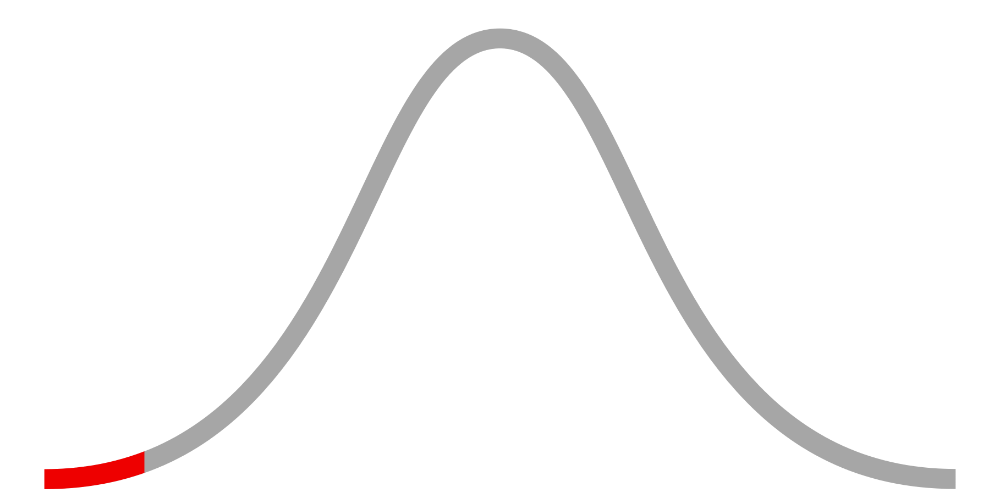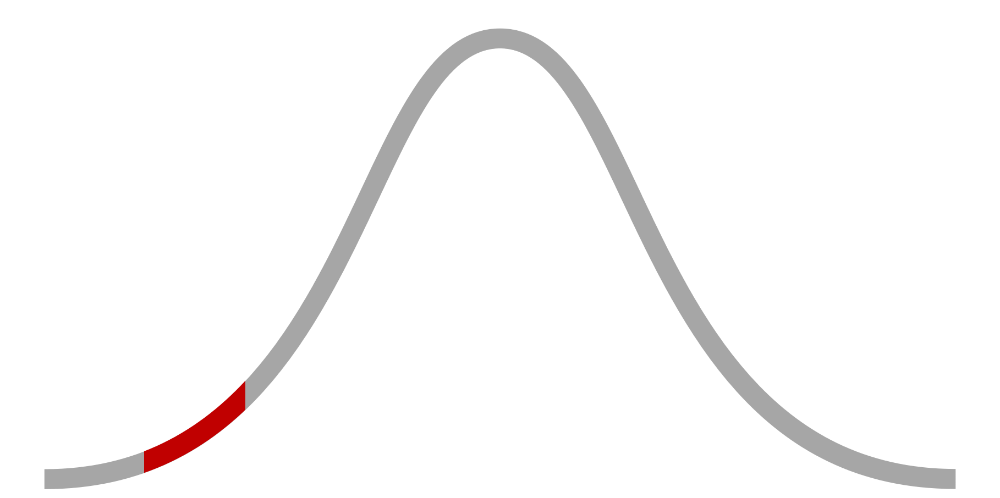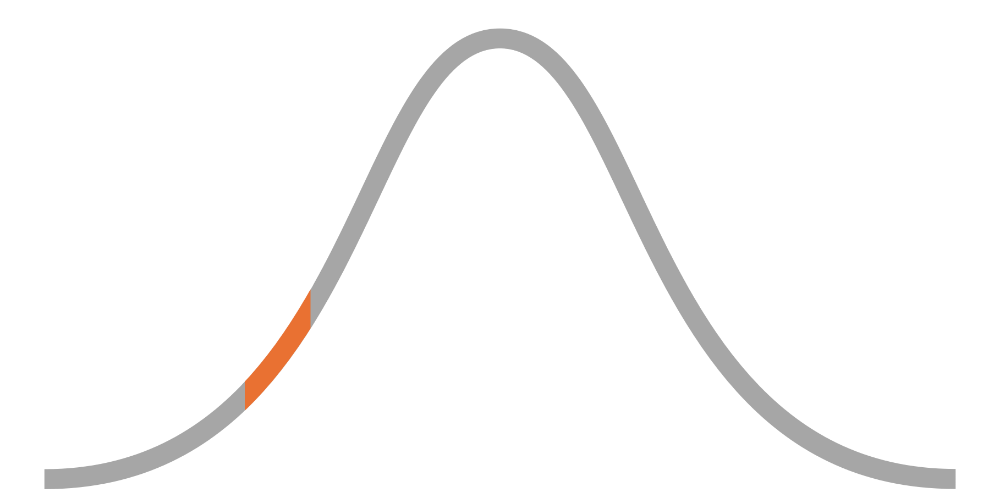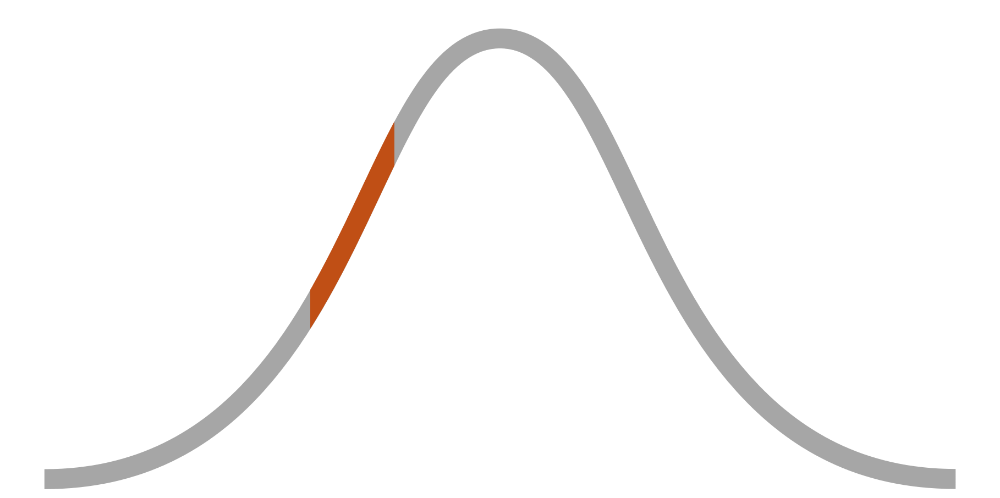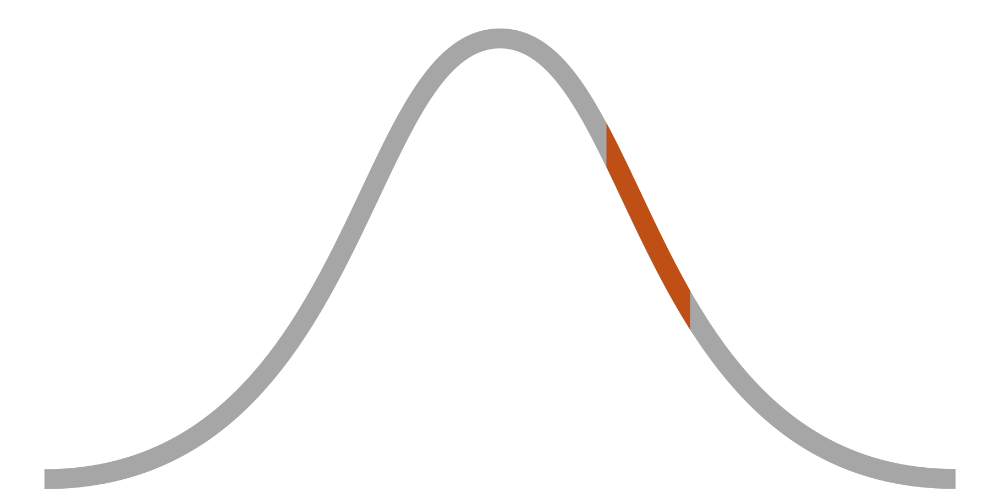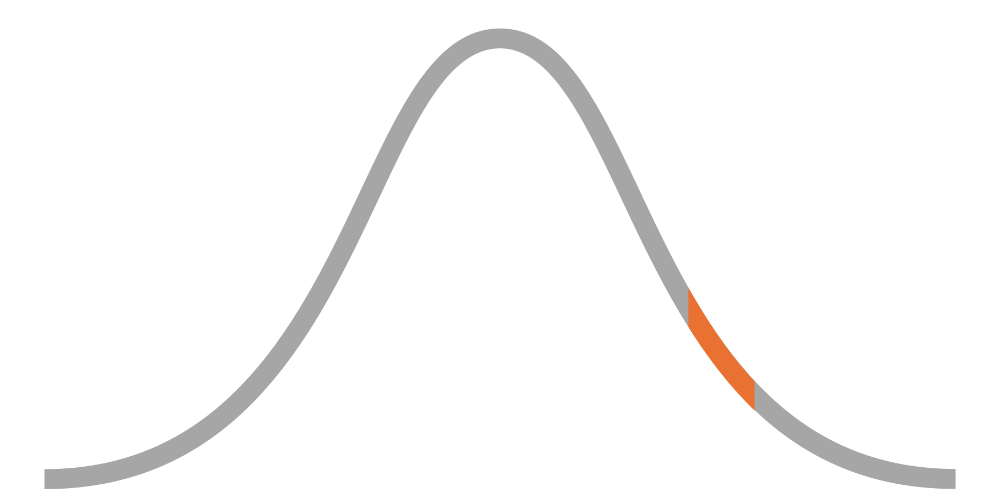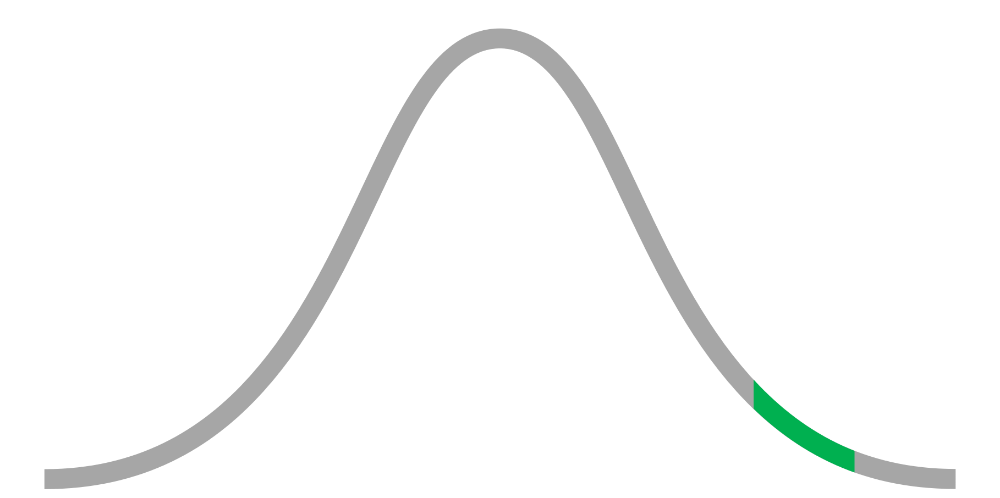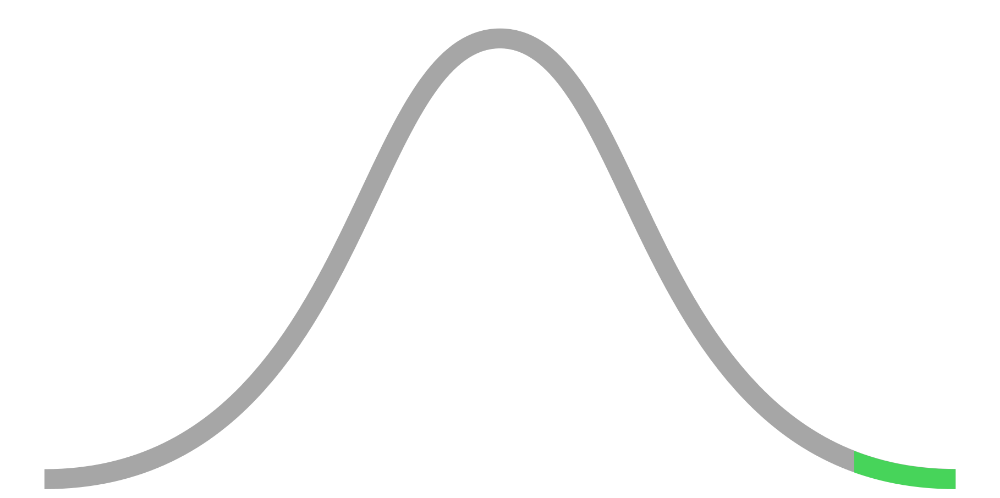Tag: #Technology
Feels: Feels – Laugh. Learn. Language™
Lex Luthor: Lex Luthor breaks into Superman's fortress and calls him an "it"
LINGA Co.: LINGA – Our business is language itself™
LINGA Co.: MyLFP™ by LINGA – Introducing the Linguistic Fingerprint™
Batman: "They think I'm hiding in the shadows – but I am the shadows"
Doctor Manhattan: The marketing boys think Doctor Manhattan needs a new logo
Feels: Welcome to Feels – We have all the feels, all for you.
Lex Luthor: Lex Luthor breaks into Superman's fortress and calls him an "it"
LINGA Co.: LINGA – Our business is language itself™
LINGA Co.: MyLFP™ by LINGA – Introducing the Linguistic Fingerprint™
Batman: "They think I'm hiding in the shadows – but I am the shadows"
Doctor Manhattan: The marketing boys think Doctor Manhattan needs a new logo
Feels: Welcome to Feels – We have all the feels, all for you.



